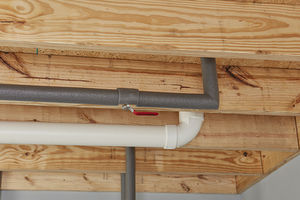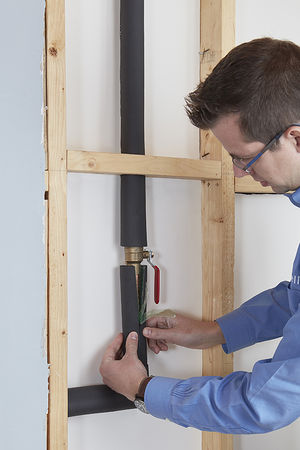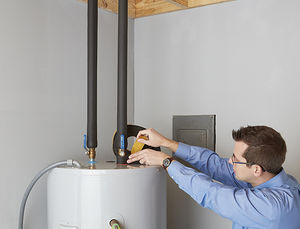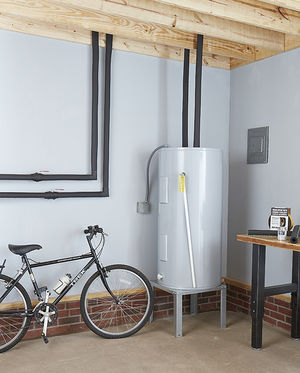 Properly insulating your plumbing pipes has benefits beyond keeping the pipes from freezing, and selecting closed-cell elastomeric foam is the best way to prevent moisture and heat transfer from degrading the efficiency of a system. System failure, corrosion or bursting pipes can cause extensive and expensive damage, however, by simply insulating plumbing pipes and pumps, we can avoid these costly and time consuming issues while reaping some key benefits.
Properly insulating your plumbing pipes has benefits beyond keeping the pipes from freezing, and selecting closed-cell elastomeric foam is the best way to prevent moisture and heat transfer from degrading the efficiency of a system. System failure, corrosion or bursting pipes can cause extensive and expensive damage, however, by simply insulating plumbing pipes and pumps, we can avoid these costly and time consuming issues while reaping some key benefits.
Benefit of Insulation
Among the unsung benefits of pipe insulation, its ability to minimize heat gain and loss may be the most important. As water travels along plumbing lines without insulation, hot water tends to lose heat and cold water tends to gain heat. Introduce pipe insulation and you greatly diminish these inefficiencies and gain the benefits of lower energy bills and controlled temperatures.
When the surfaces of plumbing pipes are cooler than the surrounding air insulation can help control the condensation that would slowly corrode the pipes and their fittings, eventually leading to a system failure. Though condensation may seem like a remote concern, it’s not at all uncommon, particularly when cold-water lines come into contact with warm, humid air. Installing insulation on cold water piping controls condensation and eliminates greater possibilities for CUI.
Cost vs. Benefit
Is pipe insulation ever a bad idea? Hardly ever. Only radiant heating or cooling loops would be an exception as the insulation would actively work against the design of the system. Installing pipe insulation offers many key benefits and those benefits far outweigh the cost of later mechanical failure.
Selecting the Best Insulation
There are several types of pipe insulation, each made of a different material and capable of insulating to a different degree of temperature. With such a wide range of applications, many different material types are used to compose pipe insulation products. Some material types are better suited toward one purpose than another, so insulation materials are commonly rated by their performance in thermal conductivity, water vapor resistance, thickness and density. Some of the main types of insulation options include closed-cell elastomeric foam, spray foam insulation, mineral wool, fiberglass, polyethylene, cellular glass, aerogel and more.
Why Closed-Cell Foam Products Offer Superior Protection
The fact that closed-cell structures are inherently durable and virtually impermeable to water means better lifetime efficiency. This is recognized in ASHRAE Fundamentals 2017 which suggests that cold pipe systems be protected through the use of very low permeance insulating material with a water vapor transmission rate (WVT) of 0.10 per inches or less. Closed-cell elastomeric foam, specifically ArmaFlex, has a very low permeability rating of 0.05 and resists condensation which causes corrosion. Therefore selecting closed-cell elastomeric foams is one sure way to prevent moisture and heat transfer on piping systems. Not only does our closed-cell material possess a low permeability rating, it is much less vulnerable to punctures and tears that can render other forms of insulation, specifically open cell materials, ineffective.
For more information or to read the full article, click here.



